The construction industry is undergoing a transformative revolution, fueled by cutting-edge technologies that promise to enhance efficiency, safety, and sustainability. As we begin 2024, several key trends are poised to reshape the construction landscape, pushing the boundaries of what is possible and ushering in a new era of innovation.
Table of Contents
Building Information Modeling (BIM) 2.0
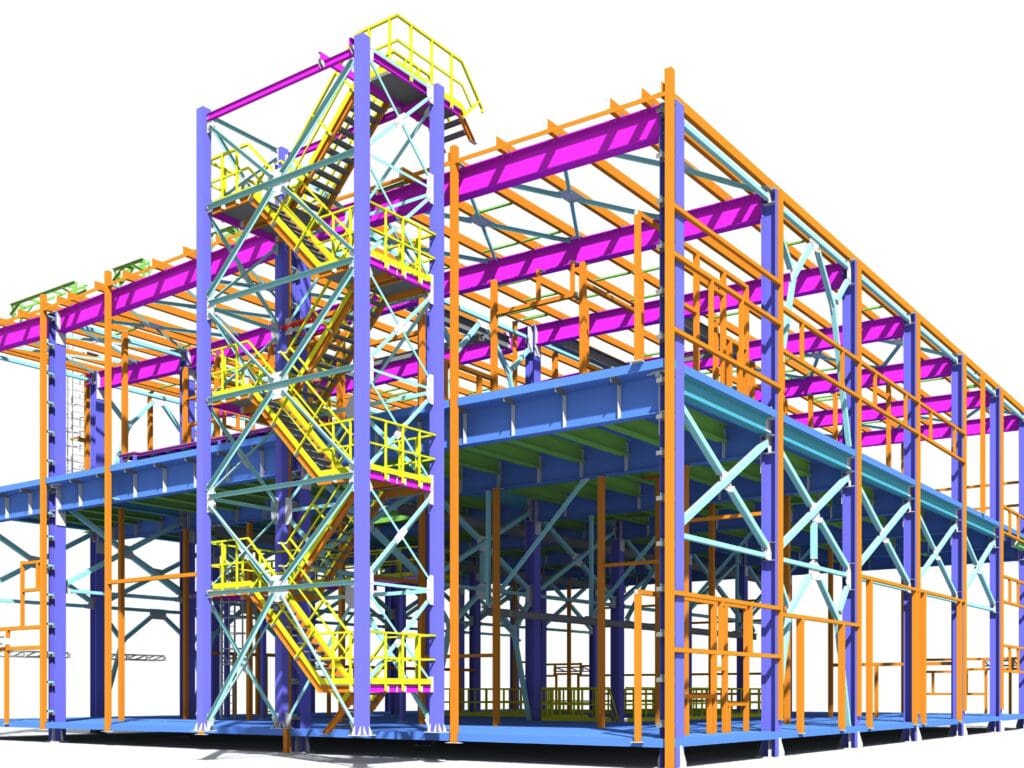
BIM has been a staple in the construction industry, offering a collaborative platform for project planning and management. This year, we will experience the evolution of BIM 2.0, leveraging advanced artificial intelligence and machine learning algorithms to enhance predictive analytics, simulate real-world scenarios, and optimize construction processes. This next phase of BIM promises improved decision-making, reduced errors, and increased overall AEC sector efficiency.
Drones and Aerial Construction Monitoring
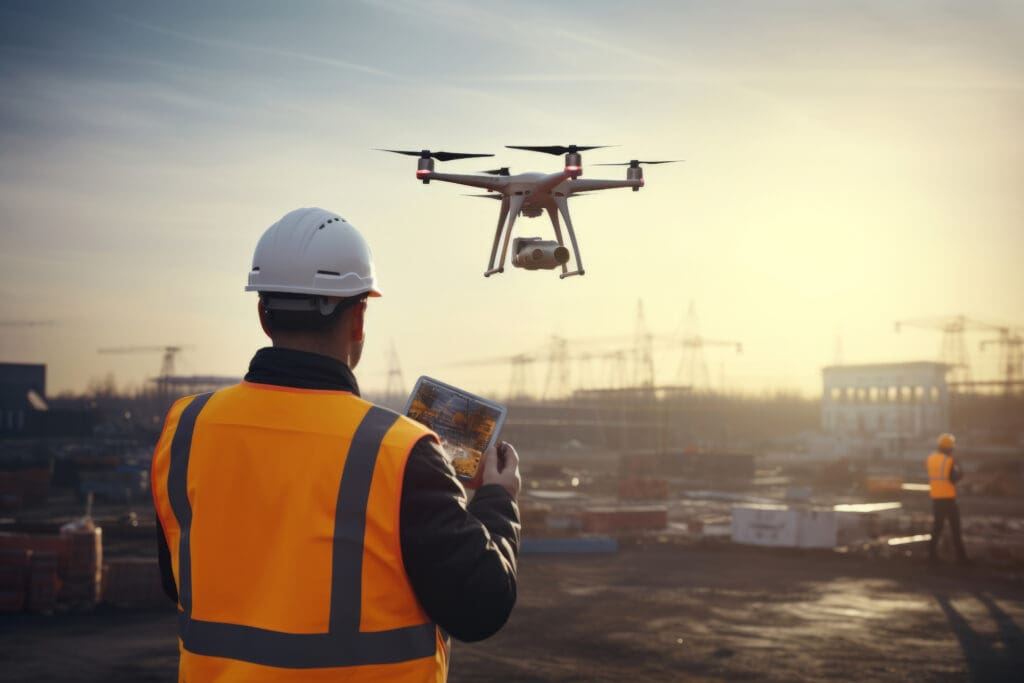
Integration allows for streamlined processes across finance and project management functions. For example, cost and budget data from project management can automatically populate financial reports and budgets in the finance system. This streamlining eliminates duplicate efforts, reduces paperwork, and enhances overall operational efficiency, resulting in cost savings.
Augmented Reality (AR) for Onsite Guidance
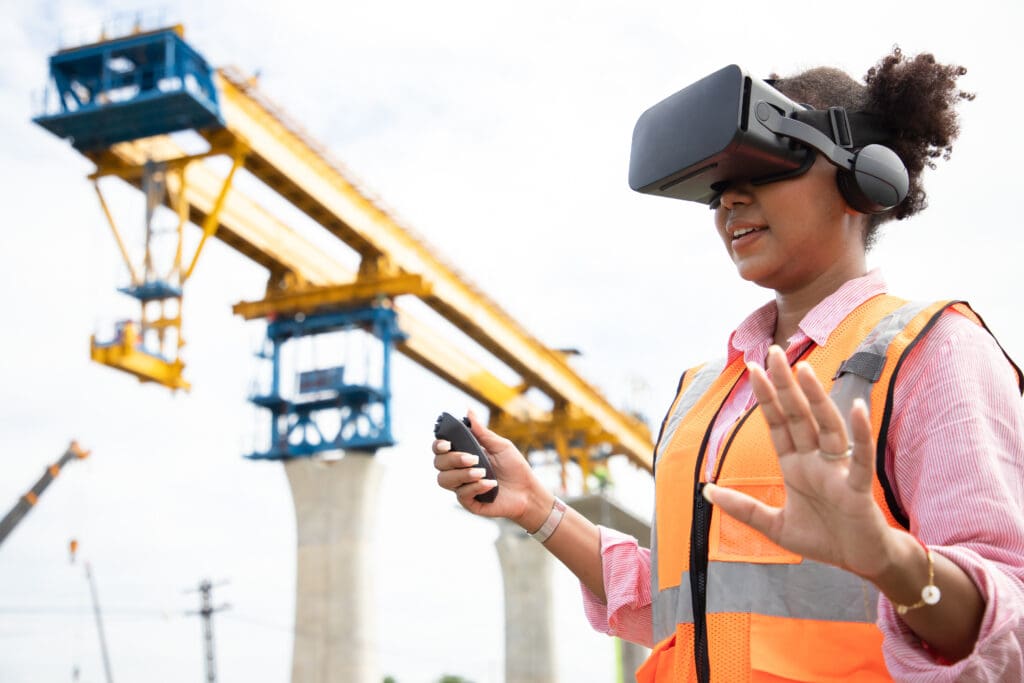
The integration provides real-time visibility into project costs, budget utilization, and financial performance. This visibility helps project managers and finance teams alike make informed decisions regarding resource allocation. They can identify underutilized resources, optimize staffing levels, and avoid unnecessary expenses. Effective resource allocation reduces costs associated with idle or excess resources.
Robotics and Autonomous Construction Equipment

With tighter control and monitoring of project costs, project managers can track actual costs against budgets in real-time and identify potential cost overruns or variances. Timely insights enable prompt corrective actions, such as adjusting resource allocation, renegotiating contracts, or implementing value engineering strategies. This proactive cost control reduces unnecessary expenses.
Advanced Materials Usage and 3D Printing
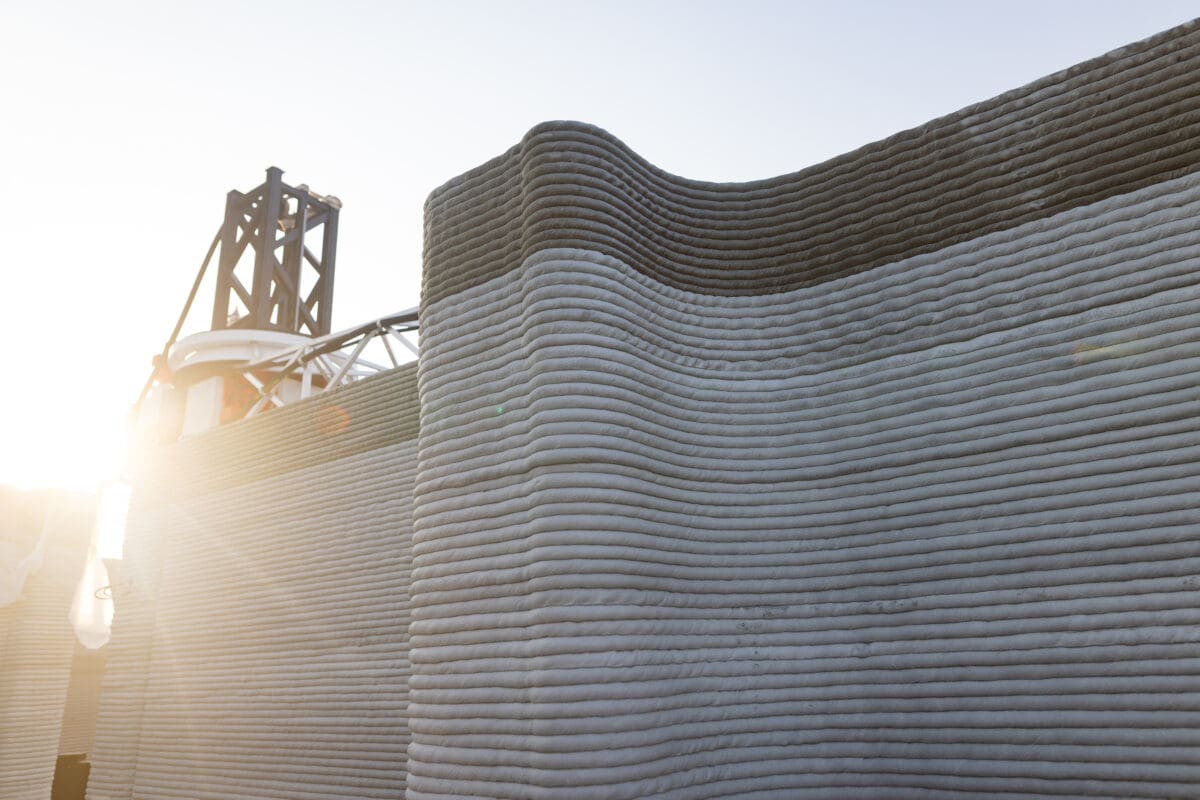
Integration ensures that project progress and milestones are accurately reflected in financial data. This accuracy enables timely and correct invoicing based on completed project milestones or percentage of completion. Timely invoicing and billing leads to faster payment collection, reduces payment delays, and improves cash flow. It also minimizes the risk of revenue leakage due to missed or delayed invoicing.
Internet of Things (IoT) and Smart Construction Sites
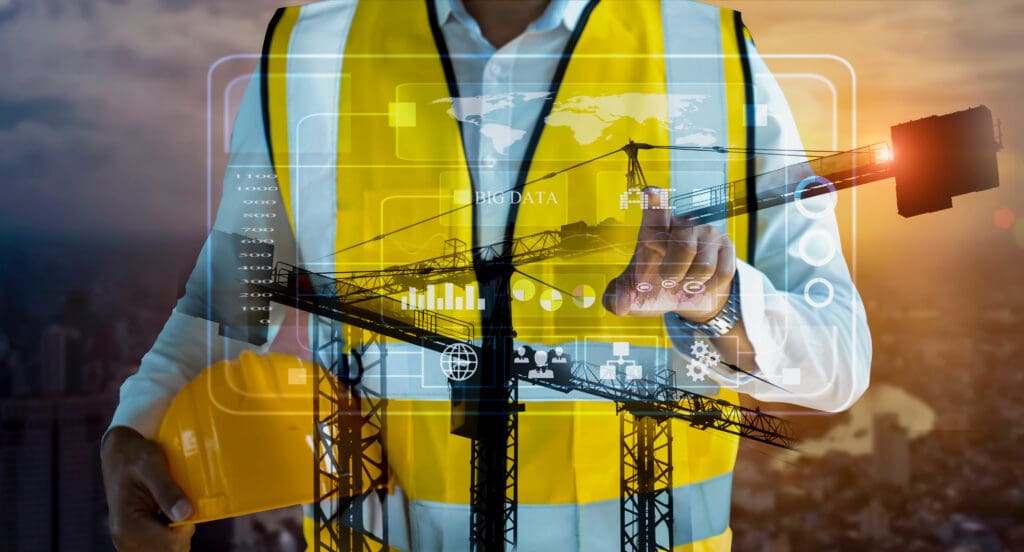
Integration provides comprehensive and up-to-date financial data for analysis and decision-making. With integrated systems, construction companies can generate detailed financial reports, perform variance analysis, and conduct cost-benefit assessments. These insights enable informed decision-making to identify areas for cost reduction, optimize processes, negotiate favorable contracts, and improve overall financial performance.
Conclusion
As we embark on a new year, the construction industry is at the forefront of technological innovation. The convergence of BIM 2.0, drones, AR, robotics, advanced materials, and IoT is reshaping the way structures are conceived, designed, and built. Embracing these technology trends will redefine the construction process and pave the way for a more sustainable, efficient, and connected future in the built environment. The construction industry of 2024 is not just about erecting structures; it’s about building a smarter, safer, and more sustainable world. If you have thoughts or experiences related to technology trends that are reshaping the construction industry…




















